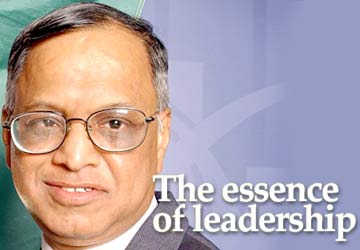Being strategic is what HR strives for and that’s exactly what is becoming its biggest challenge i.e keeping pace with the requirement of being strategic.
So says a
recent analysis by the Chartered Institute of Personnel and Development, a United Kingdom-based membership organization composed of British HR professionals.
The
study found that ongoing changes to the structure and responsibilities of the human resource function -- particularly the growth of outsourcing and the increasingly strategic roles departments are being asked to play -- are outpacing the skills development and staff expertise of many HR organizations.
"Fragmented careers are arising as a result of the separation of service centers, centers of expertise and business-partner roles," says Duncan Brown, the CIPD's assistant director general. "We need to think through how the different parts of the function work together effectively and how we enable staff to develop a broad enough perspective of all the function does."
If the HR profession fails to address these questions, the gap between HR's desire to add strategic value and its ability to deliver it will only grow, warns Brown.
Brad Everett, a global client executive at outsourcing-advisory firm EquaTerra in New York, says in many cases, companies that have outsourced most of their transactional HR activities will have no choice but to reach outside the organization for more strategic HR talent.
"If HR organizations are really going to contribute to the bottom line, they need to recognize that some of their existing talent is not necessarily capable of managing the new delivery model," he says. "In some cases, companies have reached out to the analyst community, to organizations such as Gartner and Towers Perrin, to find the specialized HR talent they need."


